Below is a detailed list of the top 15 important Mount Kilimanjaro attractions, including Uhuru Peak, Furtwangler glacier, Barranco Wall, Lava Tower etc. It offers a revitalizing view of the mountain, as well as untamed areas, unique vegetation, glaciers, and various summits points like Gilman’s Point and Stella point, each of which has its own distinct natural beauty and magnetic allure.
The most popular hiking and touring activity in Tanzania and throughout all of Africa is climbing Mount Kilimanjaro. It consistently occupies one of the top 10 spots on the Best Sellers List.
Additionally, the Chagga population lived there and contributed their own customs, rites, and lifestyle to the region’s attractiveness.
In addition to Mount Kilimanjaro, which is the highest mountain in Africa, the area is filled with unique sights and venues that captivate all of its tourists. It is a comprehensive bundle that gives you a complete look into Tanzania.
Interesting places to see while climbing Kilimanjaro
Every traveler’s dream, climbing Mount Kilimanjaro gives breathtaking views of Africa’s scenery and wonderful experiences. Here are the main draws.
The Serengeti, Tarangire, Lake Manyara, and Arusha national parks, as well as other well-known safari locations in Tanzania, are all located under Mount Kilimanjaro’s shadow. It is both the highest peak in Africa and the tallest free-standing mountain in the world. Every traveler’s goal is to summit Mount Kilimanjaro because it provides lifelong memories and access to some of Africa’s most breathtaking scenery.
Mount Kilimanjaro is one of the most well-liked “bucket list” locations for ardent hikers and climbers. Mt. Kilimanjaro, a long-dormant volcano, has the highest peaks in Tanzania and the whole African continent. Since Mount Kilimanjaro is one of the Seven Summits—the highest mountains on each continent—and is thought to be the most accessible, it attracts both expert and novice hikers.
Even while Mount Kilimanjaro is most renowned for its tall peaks, the area also contains a wealth of other natural wonders that draw thousands of tourists each year. Here are the top 10 attractions on Mount Kilimanjaro, where there is a lot to see and do.
Uhuru Peak

Kilimanjaro’s main summit, Uhuru Peak is the highest point at 5,895 meters above sea level. Reaching Uhuru Peak, which is situated on the volcanic cone Kibo, which is a portion of Mount Kilimanjaro, is the ultimate Kilimanjaro goal that attracts about 20,000–35,000 mountain climbers each year. A trek to Uhuru Peak summit is a magnificent climb with lovely scenery on the mountain.
Mount Kilimanjaro, sometimes referred to as “Everyman’s Everest,” is a well-liked trekking location since it is accessible to hikers of all experience levels. Even a beginner may reach Uhuru Peak and enjoy the majesty of Africa’s highest point, one of the Seven Summits, with the correct supplies and preparation. Climbing a peak the size of Kilimanjaro is comes with its own challenges.
Read more about Uhuru PeakStella Point

One of Mount Kilimanjaro’s three recognized summit points is Stella Point, which is located at a height of 5,756 meters (18,885 ft). When traveling from Gilman’s Point to Uhuru Peak, the real peak of Kilimanjaro, pass Stella Point. (5895 ft) (19,341 feet). Stella Point is located near the crater rim’s edge.
Although the climb to the summit from here is relatively straightforward compared to that from the base camp Barafu hut, some climbers decide to stop their ascent here because to exhaustion, altitude sickness, or both.
The summit of Kilimanjaro, Africa’s tallest mountain, is achieved by all climbers at this point, who also obtain the official Kilimanjaro climbing certificate and may proudly say they have reached one of the three summits.
Lava Tower

Lava Tower, a substantial rock formation that was formed from lava when Kilimanjaro was still an active volcano, is situated just over 15,000 feet up the mountain along the Lemosho and Machame routes. Though Kili is currently dormant and hasn’t had a major eruption in about 150,000 years, fumaroles near the summit crater still emit gases, and there was volcanic activity on the mountain just 200 years ago.Lava Tower is an example of a volcanic plug; in the distant past, lava erupted from a vent at the foot of the structure, cooled, and solidified, blocking the opening.
These kinds of plugs on active volcanoes can boost pressure below the surface and trigger more powerful eruptions, but so far, Kili has remained dormant despite having this geological “cork” lodged in its flank.
Climbers could formerly hike up the tower, which is around 300 feet tall (a scramble that could be treacherous on icy days). Earlier this year, authorities prohibited trekkers from ascending Lava Tower out of safety concerns, but those who were fortunate enough to make the journey before the prohibition said that the views of Uhuru Peak from the summit are genuinely amazing.
Barranco Wall

The Barranco Wall is a structure on the slope of Mount Kilimanjaro that rises 257 meters (843 feet) above sea level. Climbers would describe the Barranco Wall as a scramble, which means that the region may be traversed without the use of mountain climbing techniques.On the southern base of Kibo, a mountain that is a component of Mount Kilimanjaro is where you can find the Barranco Wall. Only certain pathways that climb the mountain may lead to it.
About halfway up Kilimanjaro’s south slope is a steep ridge known as the Barranco Wall. Although it appears to be a sheer rock face from a distance, it is completely climbable!Gilman’s point

A sign at Gilam’s Point, one of the summit points on Kilimanjaro. Gilman’s Point, one of Mount Kilimanjaro’s three recognized summit points, is located at a height of 5,756 meters (18,885 ft). In order to reach Uhuru Peak, the real top of Kilimanjaro, you must travel past Stella Point if you are approaching from Gilman’s Point. Gilman’s Point is located near the crater rim’s edge.
Gilman’s point is only traversed by climbers via the Marangu, Rongai, and northern circuit routes on summit night, which is often the second or third final day of the ascent.
The hardest section of the trip is often the ascent to Gilman’s point, which begins around midnight from the Kibo Huts campground (4700 meters). About 6 to 8 hours are needed to reach the summit.
Furtwangler glacier

Furtwangler Glacier In Tanzania, close to Mount Kilimanjaro’s top, is where you’ll find the Furtwängler Glacier. The Furtwängler Glacier is a tiny fragment of the massive ice covering that formerly covered Mount Kilimanjaro’s top.
Although seasonal snows will continue to cover the higher portions of the mountain for several months of the year, the retreat of glacial ice on the summit is anticipated to continue. By 2020, it’s possible that all of the glaciers on top of the mountain will have disappeared. Because one of the attractions of the area is the novelty of glacial ice so close to the equator, the loss of the Furtwängler Glacier and the other Kilimanjaro glaciers might decrease tourism. The possible negative effects on springs and wells that receive some of their fresh water supply from glacier melt are more imminent. A study is being conducted to determine how much fresh water is obtained from this source.
Crater Camp at Kibo

A path that is incredibly varied, travelling through five different climate zones. Crater Camp, located at 5730 meters, is a good alternative for climbers who are confident in their ability to acclimate properly because it is a mostly unspoiled and unexplored wilderness.One of the three volcanic cones that make up Kilimanjaro is the Kibo Crater. Although Kibo is dormant and has the potential to erupt again in the future, the other two, Mawenzi and Shira, are extinct. On the rim of Kibo Crater, Uhuru is the highest point, and the campground is situated at an elevation of 4700m.
Reusch Crater

Although Uhuru Peak, the mountain’s official summit, rises along one side of this crater, hikers may discover a number of intriguing formations if they take a minute to gaze down from the summit rather than up. Reusch Crater, another crater inside the caldera, is home to the Ash Pit, a further depression. From above, the entire structure almost resembles a foldable telescope descending into Kili’s center.
The past volcanism of Kili is evident in places like Lava Tower and the Reusch Crater. A caldera that forms when a volcanic summit collapses owing to decreased internal pressure tops Kibo (once the lava flow that formed the mountain recedes, the top often falls inward).
Read more about Reusch CraterCredner Glacier

Credner Glacier On the northwest face of the summit of Mount Kilimanjaro lies Credner Glacier, a famous natural landmark in the area. The glacier, one of the biggest on Mount Kilimanjaro, flows down from the Northern Ice Field. It is a piece of the ice cap that formerly covered the mountain’s top. Credner Glacier may not exist in a few decades, according to geologists who note that it is melting quickly.
Read more about the Credner GlacierSouthern icefield

On Mount Kilimanjaro, one of the glaciers is known as the Southern ice field. Which was created by the accumulation and compacting of snow on Mount Kilimanjaro, Africa’s beautiful roof?The Southern Icefield Glaciers are now reached by the crater rim of Kibo. The Rebmann Glacier, the Kersten and Decken Glaciers on the south side, and the whole historic Southern Ice Field are all preserved in these. The Credner Glacier is still there on the northwest lateral face. The glaciers and smaller ice masses that are still extant on the slopes are not connected to the ice at the crater rim. These include the Heim and Great Barranco Glaciers on the southwest margin, as well as the Little Penck remnant on the west side.
Northern icefield

Northern Icefield On the west side of Uhuru Peak, close to Mount Kilimanjaro’s summit, is where you may find the Northern Ice Field. The Northern Ice Field is Mount Kilimanjaro’s biggest ice mass, with a surface area of 0.95 sq km. The Northern, Southern, and Eastern Ice Fields were all previously linked at the summit of Kilimanjaro Mountain and formed one large ice mass. By 1962, the Southern Ice Field had separated from the Northern. By 1975, the Northern Ice Field was left on its own as the Eastern Ice Field also split.
Read more about the Northern icefield.Kilimanjaro National Park
 Along its northern border with Kenya, Tanzania is home to Kilimanjaro National Park. Its 652 square miles (1,688 square kilometers) in size encompasses the montane forest that encircles Mount Kilimanjaro. One of the Seven Wonders of Africa, Mount Kilimanjaro is a UNESCO World Heritage site.
Along its northern border with Kenya, Tanzania is home to Kilimanjaro National Park. Its 652 square miles (1,688 square kilometers) in size encompasses the montane forest that encircles Mount Kilimanjaro. One of the Seven Wonders of Africa, Mount Kilimanjaro is a UNESCO World Heritage site.Mount Kilimanjaro, the highest peak in Africa and the world’s tallest free-standing mountain, is located in Kilimanjaro National Park. Uhuru Peak, where it peaks, is 19,341 feet (5,895 m) above sea level. One of the three volcanic cones on the mountain, the Kibo cone, has the Uhuru summit.
Kibo Peak

Most climbers who travel to Tanzania generally have their sights set on reaching Kibo Summit, Mount Kilimanjaro’s highest peak. It is the highest peak in Africa, reaching at 19341 feet. The highest peak, Kibo, is a dormant volcano that might erupt once more in the future. The latest volcanic explosion in this area is thought to have occurred 360 000 years ago. Visitors find it difficult to climb Kibo, but doing so is rewarded because of the stunning vistas it provides from the summit.
Read more about Kibo PeakMawenzi Peak

The jagged-edged Mawenzi peak is located east of Kibo, the main summit of Kilimanjaro. The Saddle, a high alpine desert, is located between them.Mawenzi is the third-highest summit in Africa at 5149 meters, after Mount Kenya’s Kibo summit on Kilimanjaro, which is the highest at 5199 meters (5895m). But even though it’s shorter, climbing it is much riskier. In fact, Edward Oehler and Fritz Klute weren’t the first to reach the top until 1912. Compared to its larger neighbor, that is 23 years later.
Shira Plateau

A caldera makes up the Shira Plateau, which extends for about 13 kilometers to the west of the snow-covered Kibo peak. That is to say, it is a volcanic crater that has collapsed. Walking on the plateau, therefore, involves walking over the ruins of the first of Kilimanjaro’s three extinct volcanoes. Around 500,000 years ago, this occurrence occurred, and the lava and other eruption-related materials from the subsequent Kibo eruption filled the space.The plateau is known for its biodiversity, in large part because of its closeness to Kenya’s Amboseli National Park. Elephant, eland, and buffalo herds have all been observed leaving this park and making their way up the mountainside.
In fact, back in the early 2000s when I was writing the first edition of the Kilimanjaro guidebook, I had to go along this road with an armed ranger in case I came across any predators.
To spot any signs of animals on the plateau, though, would be extremely fortunate. It’s true that occasionally you could come upon a hoof print or perhaps some sun-dried poop lumps. However, it’s unusual to see a genuine animal other than a monkey or a mouse.
Don’t take the trek in the hopes of seeing animals, though the closeness of Africa’s greatest wild beasts does bring a certain frisson of thrill to it.
Read more about the Shira Plateau
Other Interesting places to see on Mount Kilimanjaro
There is no shortage of breathtaking scenery to see when you visit Tanzania to climb Mount Kilimanjaro. From the trailhead to the summit of Kilimanjaro, the ascent rises from 6,000 feet to 19,340 feet, passes through five natural zones, and provides many breathtaking sights.
Zebra Rocks
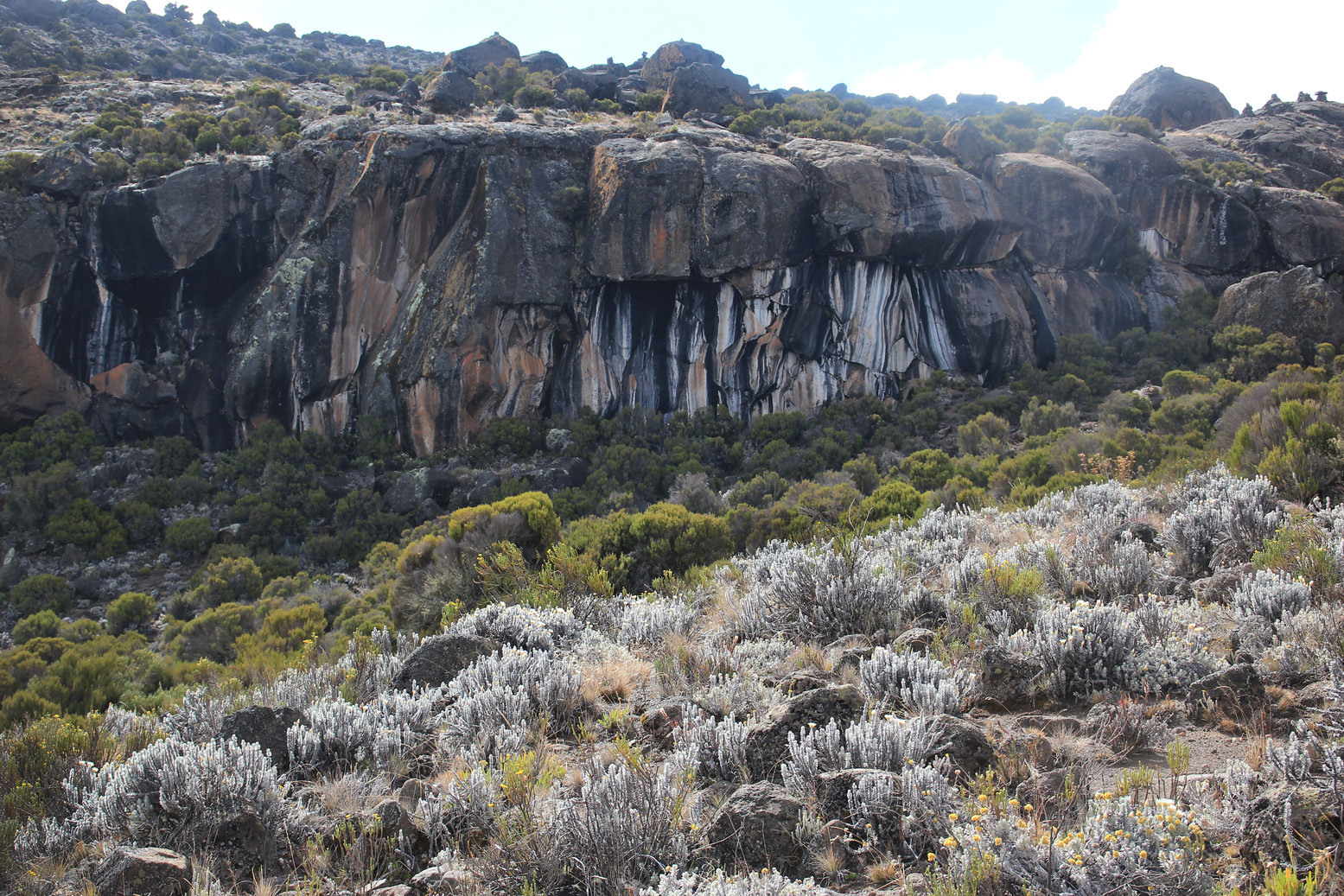
These are a group of huge volcanic boulders on Mount Kilimanjaro that have stripes resembling those of the zebra.
They were produced when mineral-rich rainwater ran down on the rocks, partially rendering them white or black in certain areas. They are primarily lava cliffs.
On an acclimatization trek, the rocks serve as the destination.
On the six-day Marangu route, climbers have the choice of hiking to the rocks to acclimate to the high altitude before returning to the Horombo huts.
While others on the longer, 5-day journey go on to the Kibo huts on day 3.
Read more about the Zebra Rocks
The plane crash site on Kilimanjaro
Four passengers and the pilot were aboard a light passenger plane with Kenyan registration numbers when it crashed on Mount Kilimanjaro at a height of 14,200 feet in November 2008. On the peak in the saddle separating Uhuru and Mawenzi, the wreckage is still there.
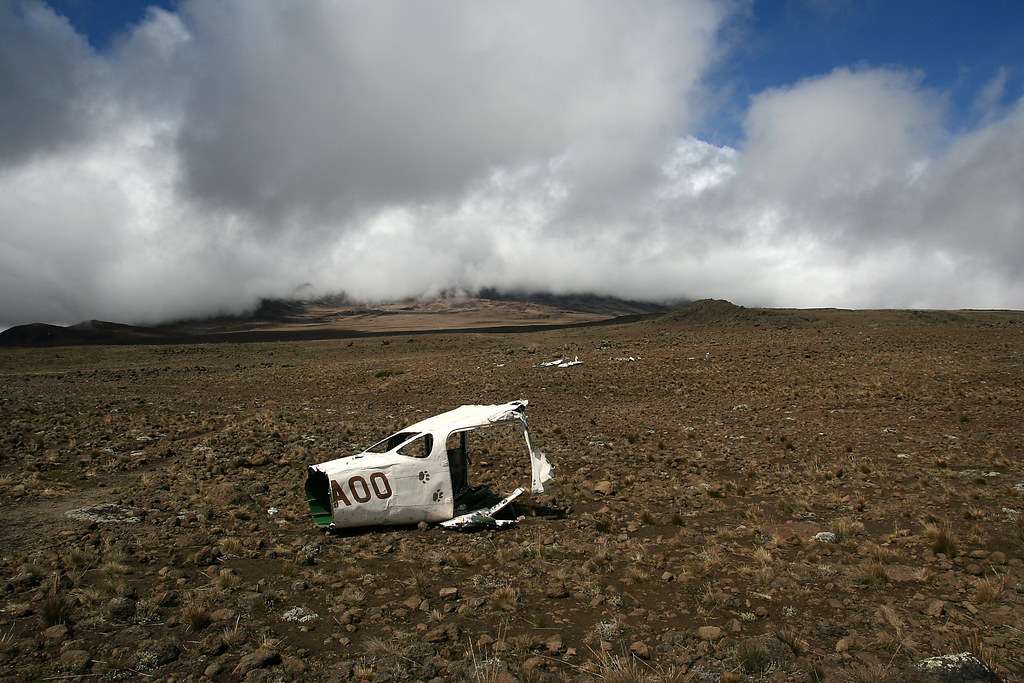
The giant Kilimanjaro plants
Kilimanjaro is an impressive peak in and of itself, being the tallest in Africa. Kilimanjaro is particularly noteworthy as an incubator for isolated, mutant, or unusual species found nearly nowhere else because it is a free-standing mountain whose climatic zones gradually diverge from the terrain at ground level as you rise.
The huge groundsel variety Dendrosenecio kilimanjari is one of those species that stands out the most.
Only on Kilimanjaro and only at 14,000 feet can one find these strange-looking plants, which resemble a cross between a burned-up cactus and a pineapple. Related but equally isolated sub-varieties of enormous groundsel can also “only be found” on a few other East African mountains.
The plants have developed nyctinastic leaf movement, which causes the leaves to close when the temperature drops too low, a natural “anti-freeze,” and self-insulation through withered and dead foliage in order to survive in such a harsh environment, where temperatures routinely drop below freezing overnight (part of the reason the groundsels look so strange).
On Kilimanjaro and other East African highlands, evolution is really the name of the game for huge groundsels. Although no two species are precisely same, it is thought that they all descended from common groundsel roughly a million years ago and gradually ascended the slopes through the gradual process of windborne seed dispersal.
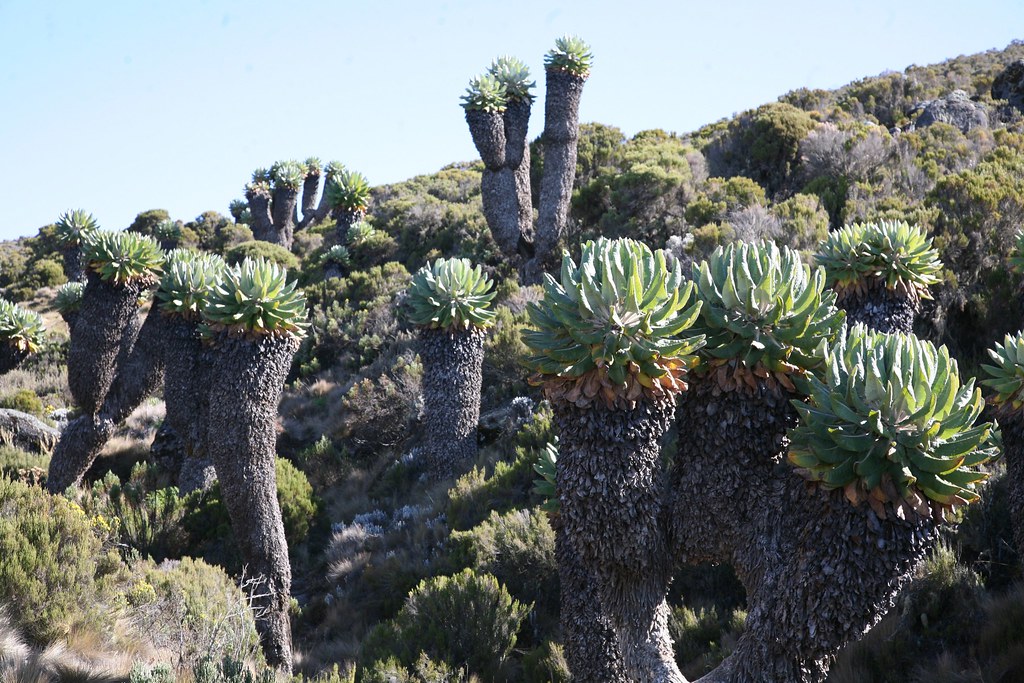
![]()

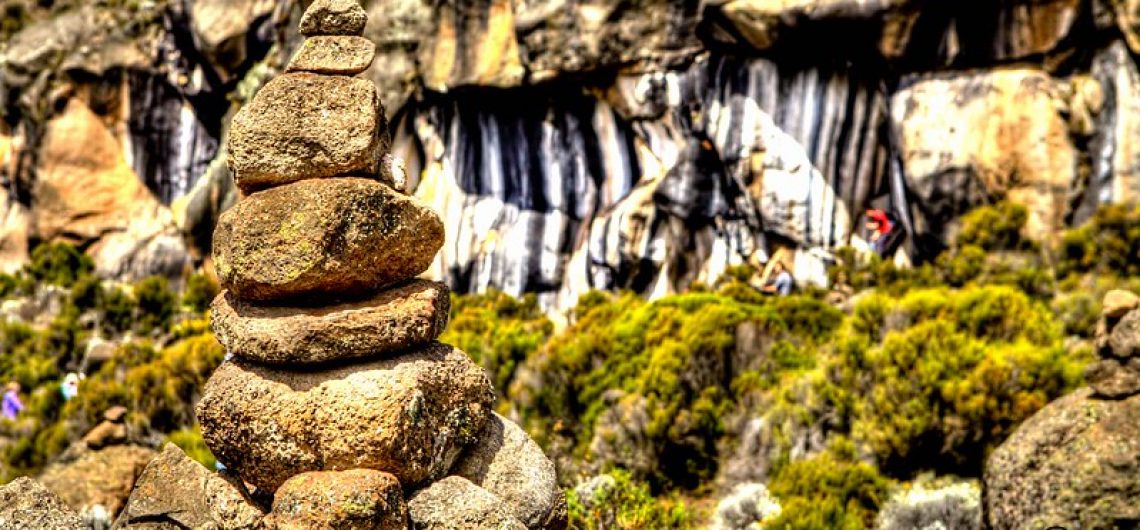
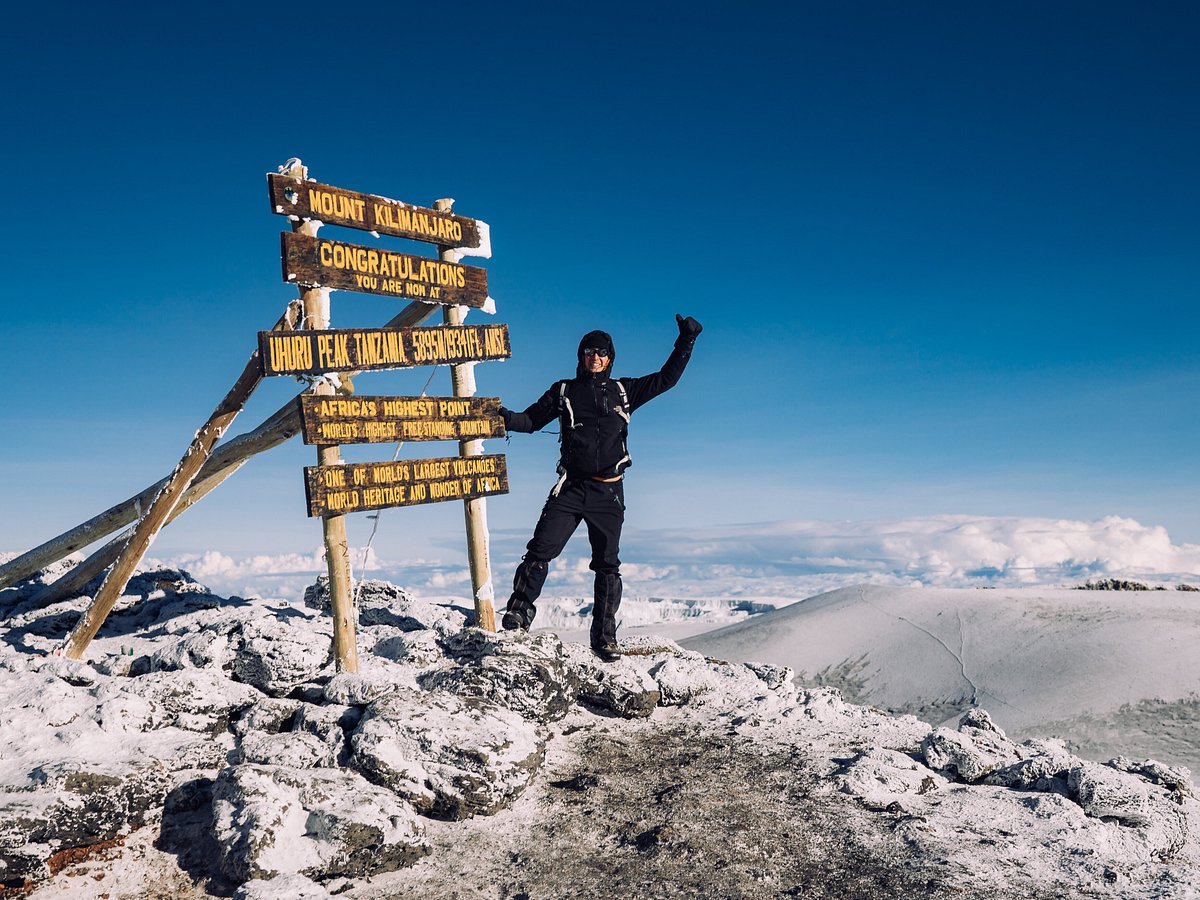
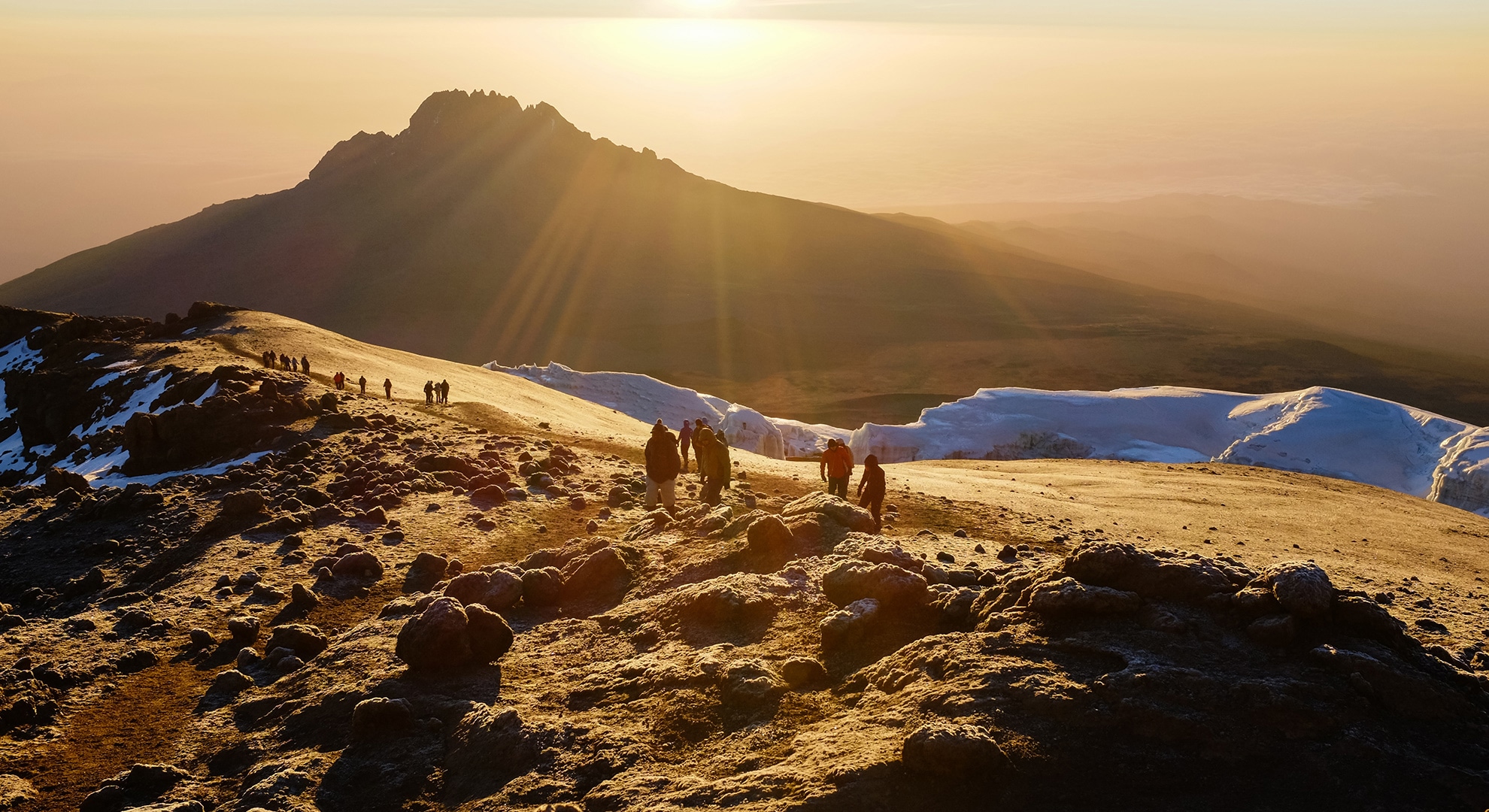
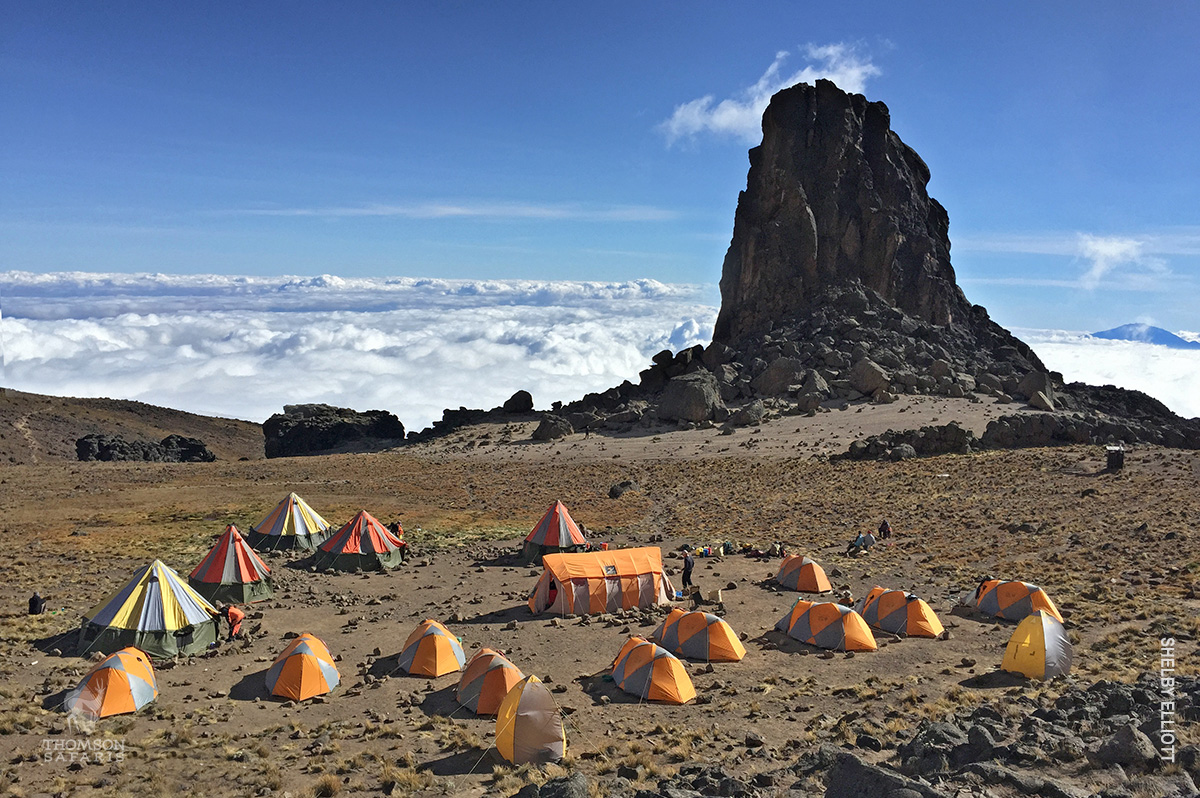
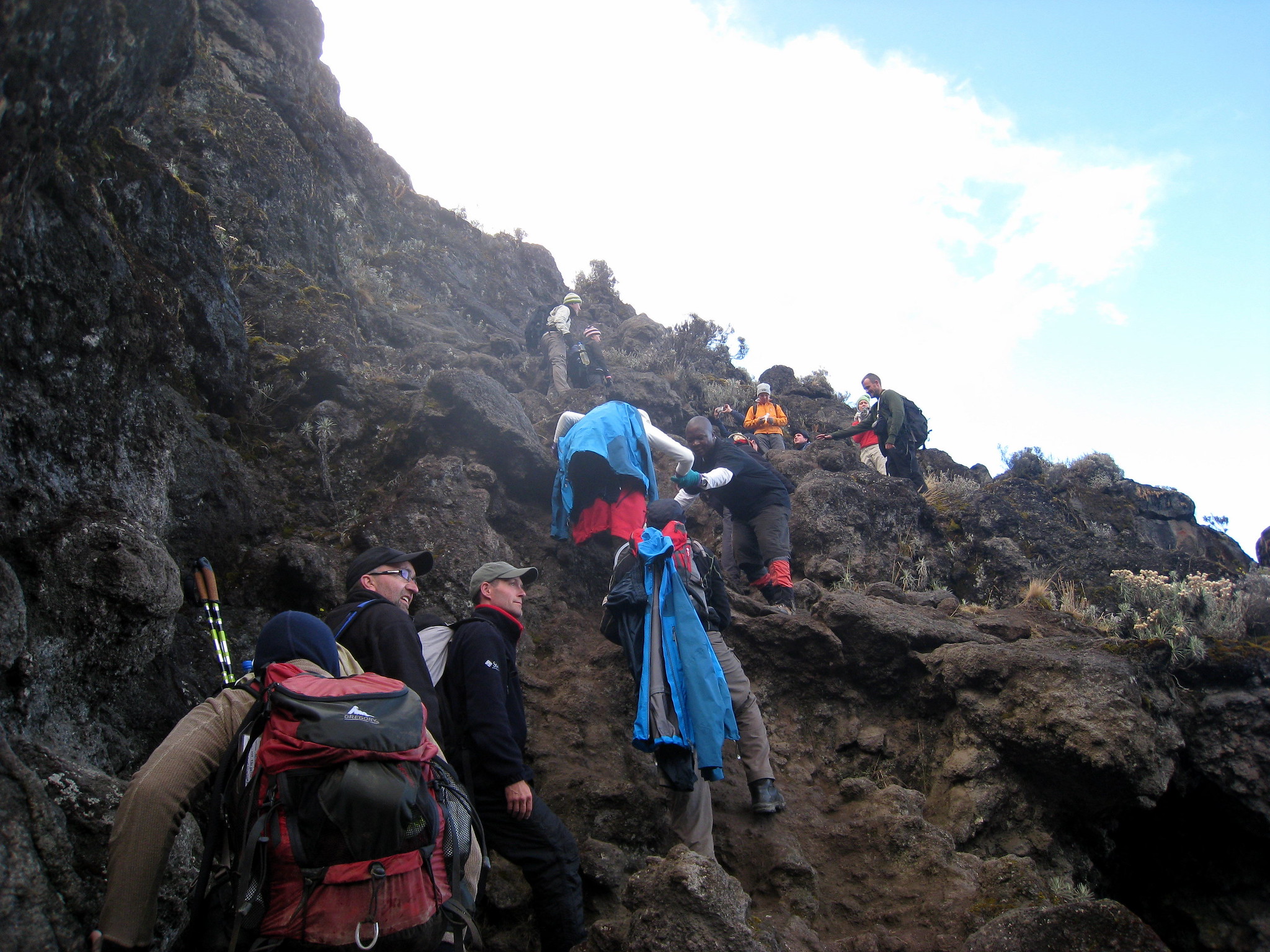
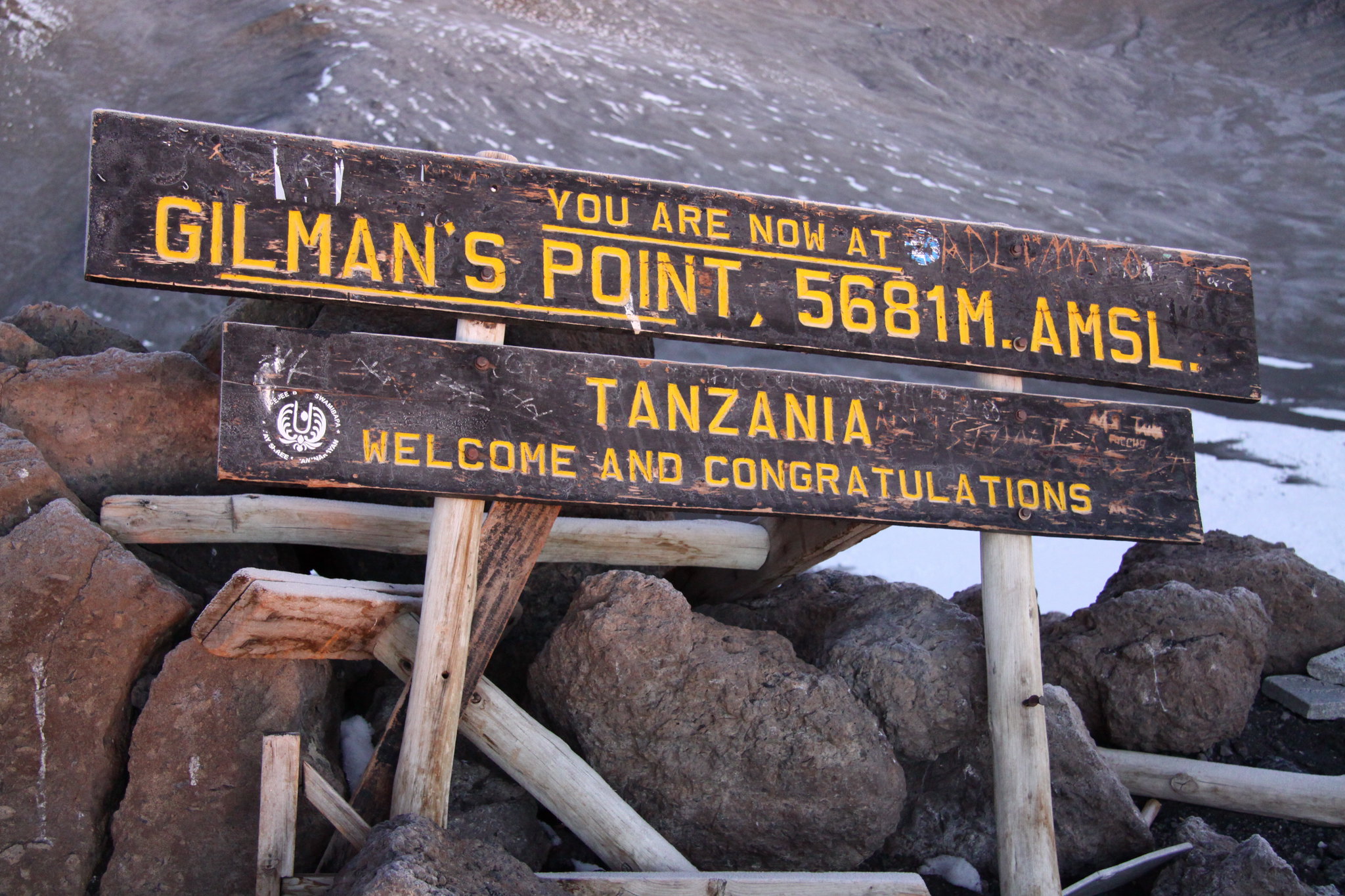
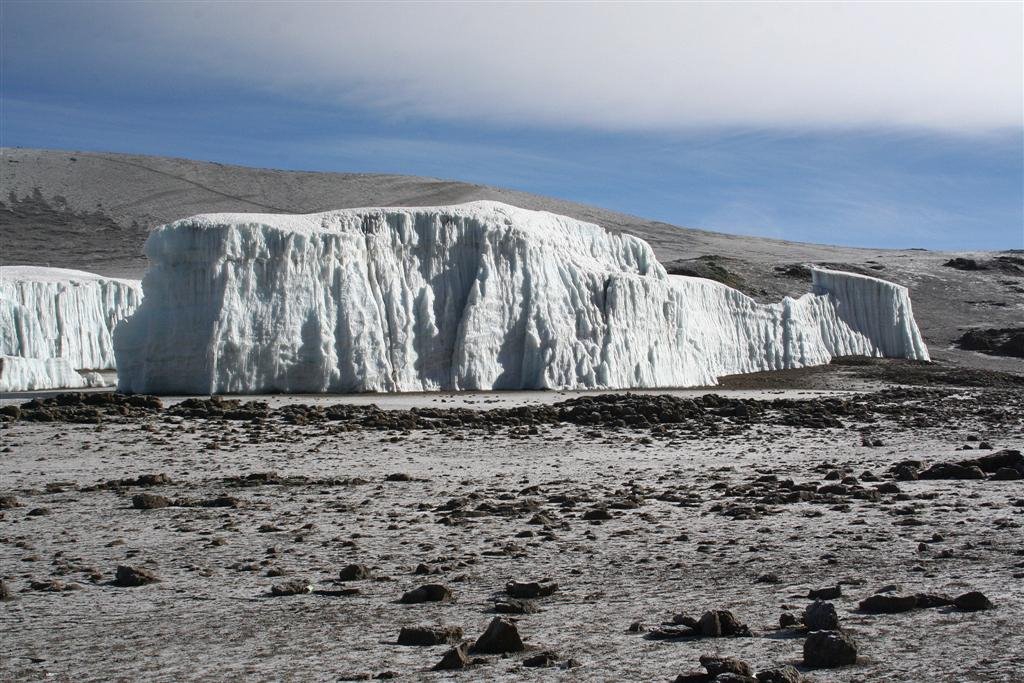
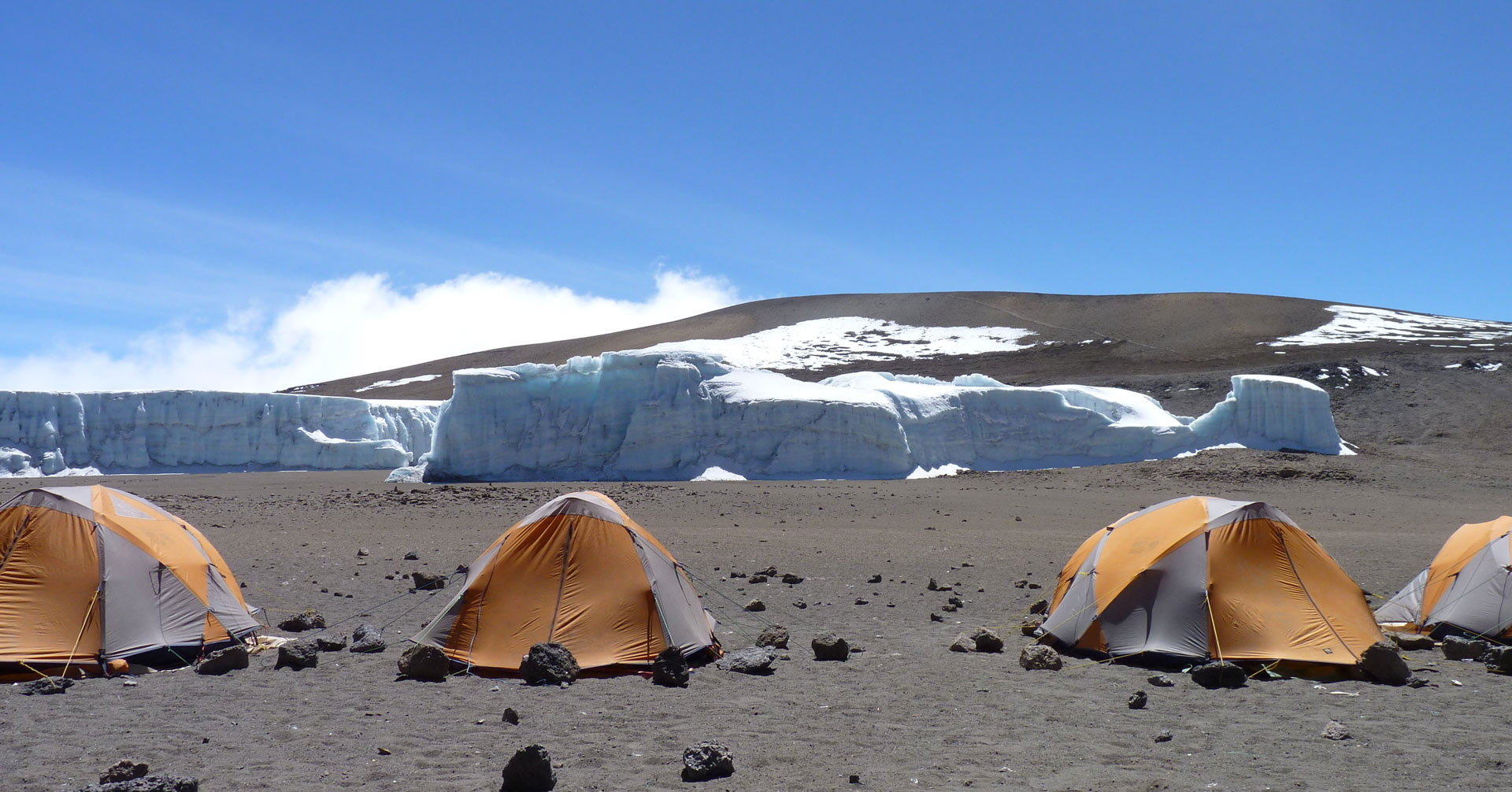
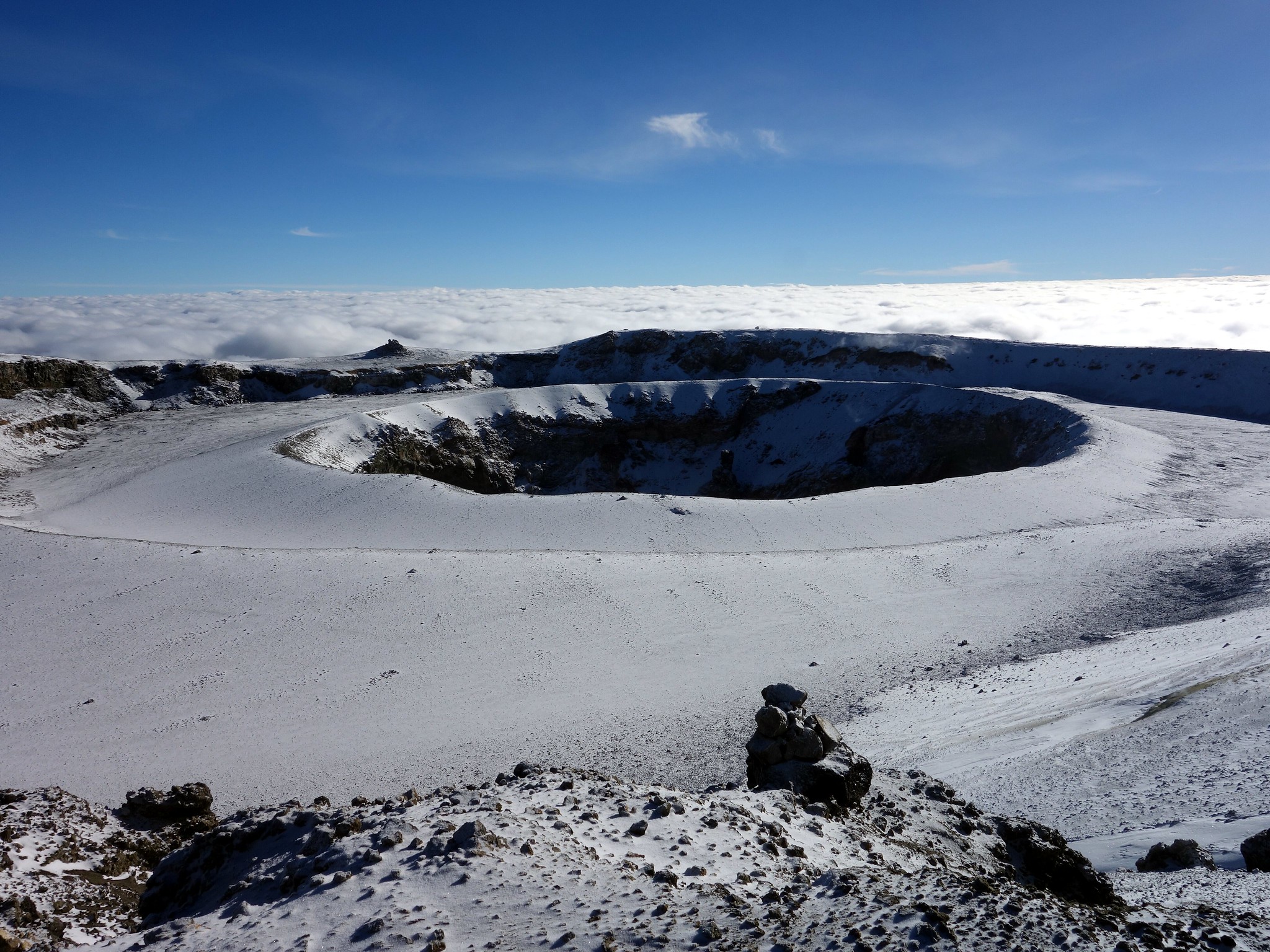
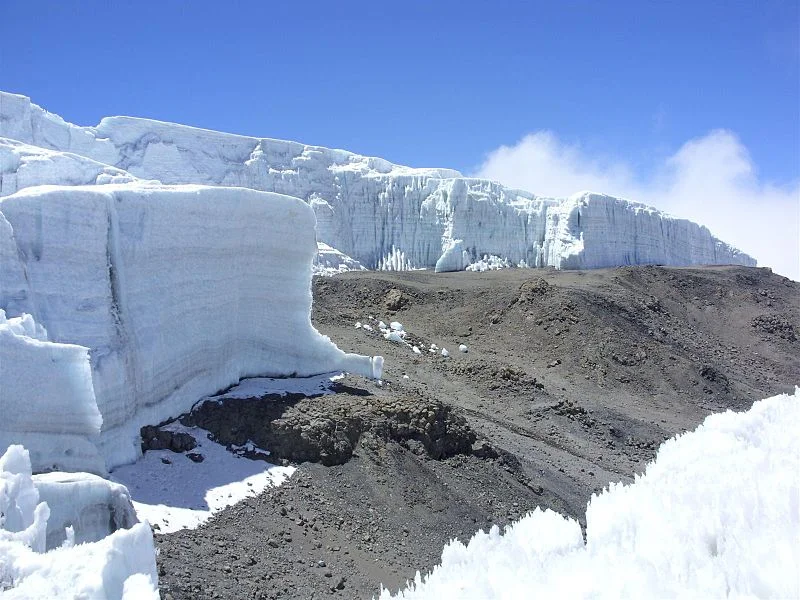
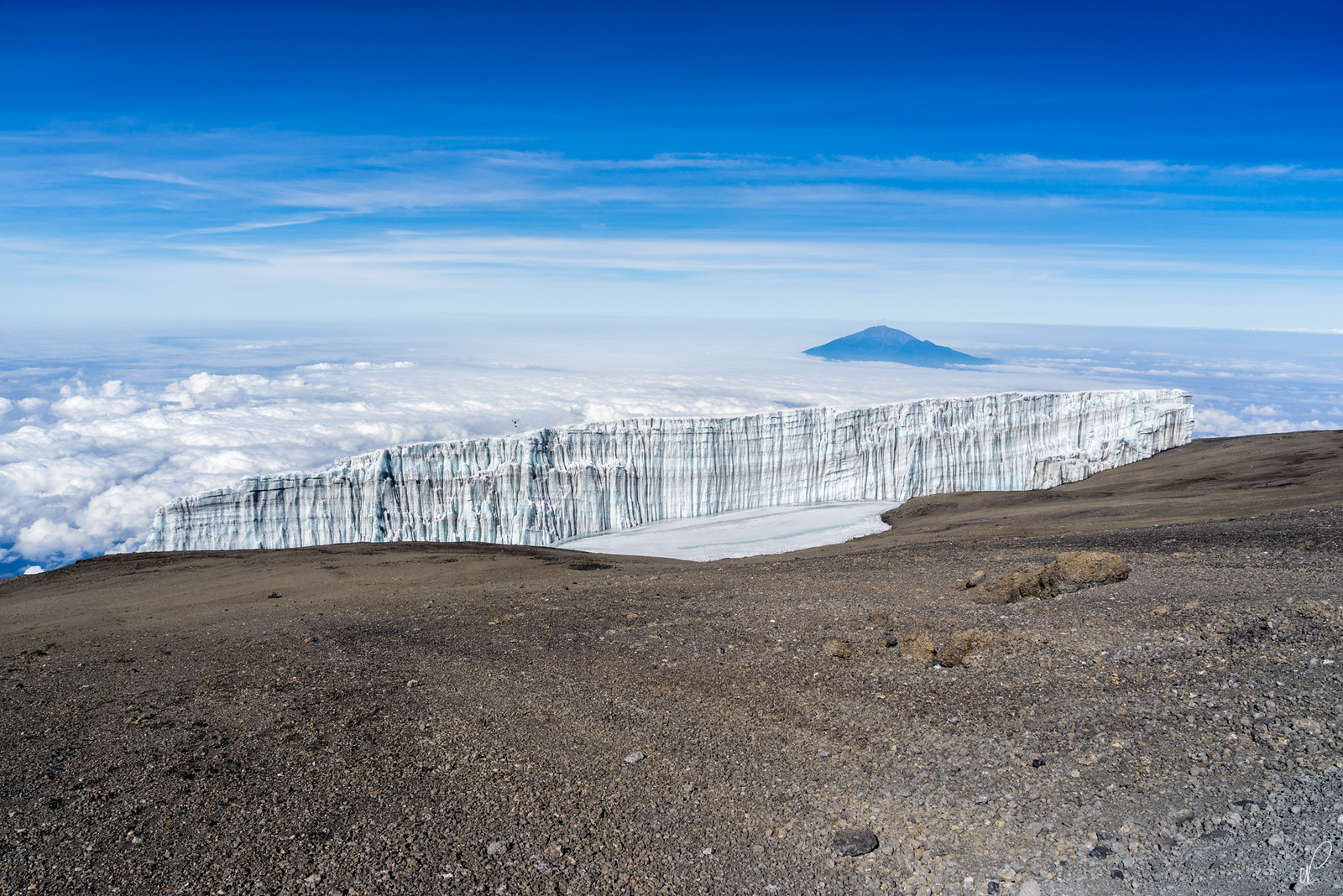
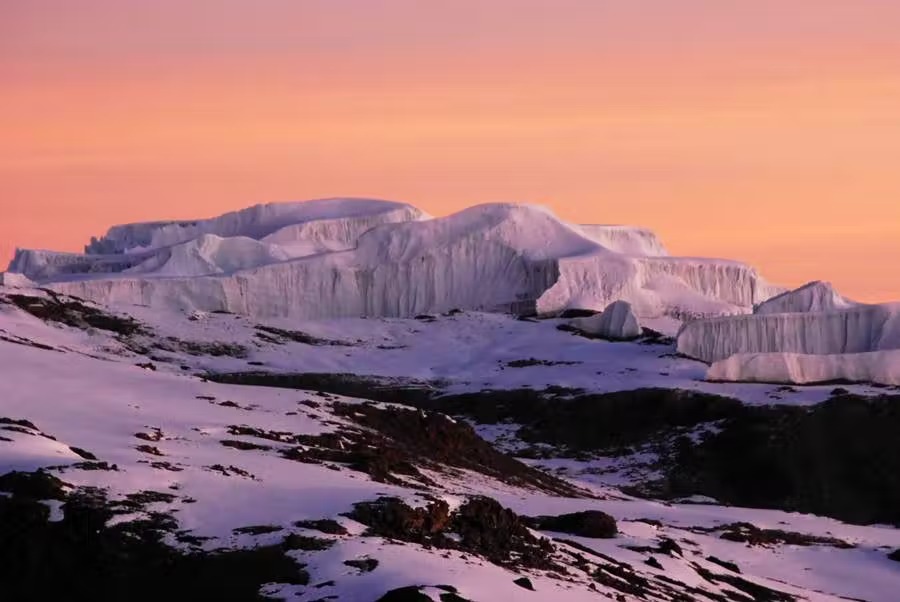
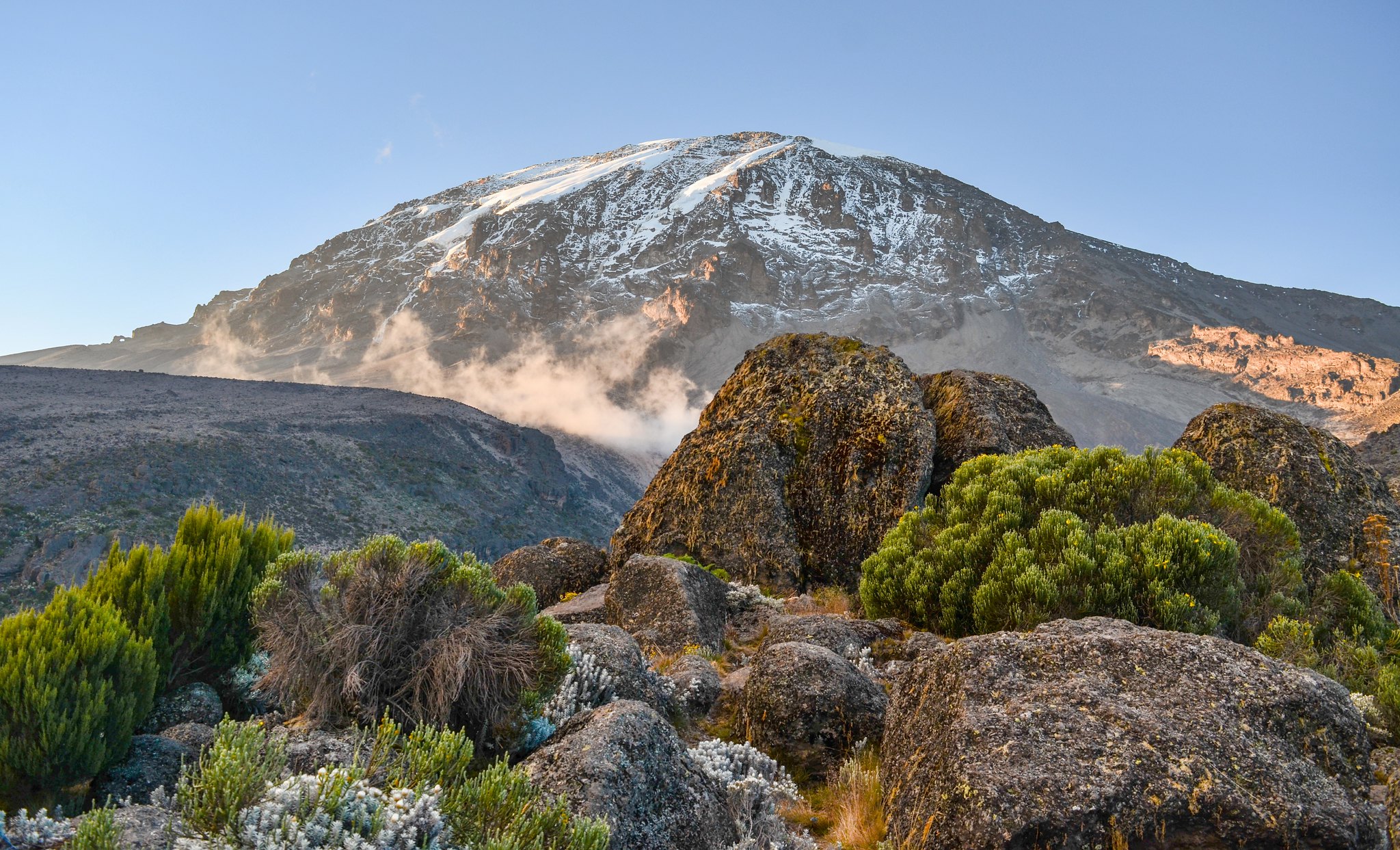 Along its northern border with Kenya, Tanzania is home to Kilimanjaro National Park. Its 652 square miles (1,688 square kilometers) in size encompasses the montane forest that encircles Mount Kilimanjaro. One of the Seven Wonders of Africa, Mount Kilimanjaro is a UNESCO World Heritage site.
Along its northern border with Kenya, Tanzania is home to Kilimanjaro National Park. Its 652 square miles (1,688 square kilometers) in size encompasses the montane forest that encircles Mount Kilimanjaro. One of the Seven Wonders of Africa, Mount Kilimanjaro is a UNESCO World Heritage site.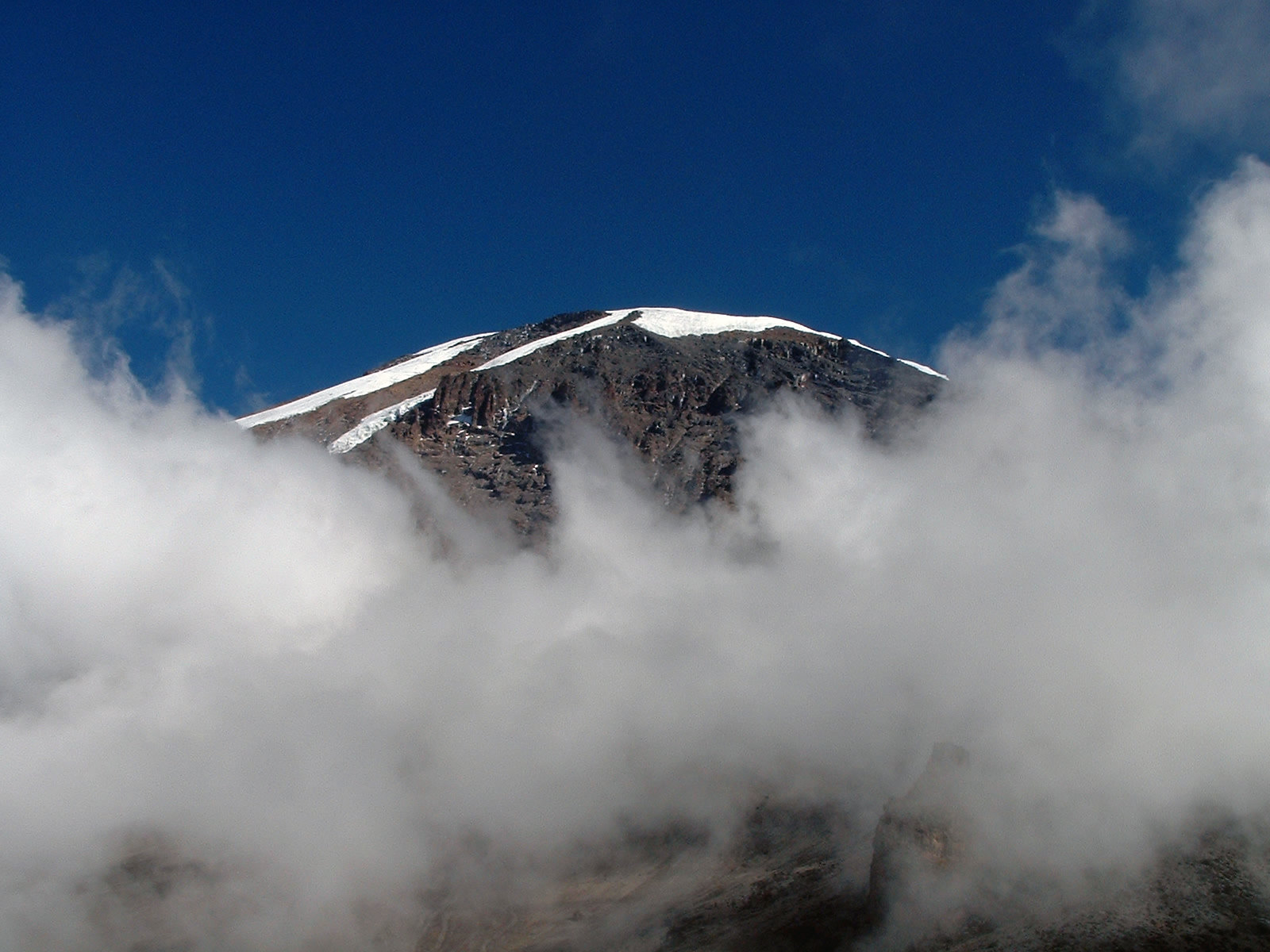
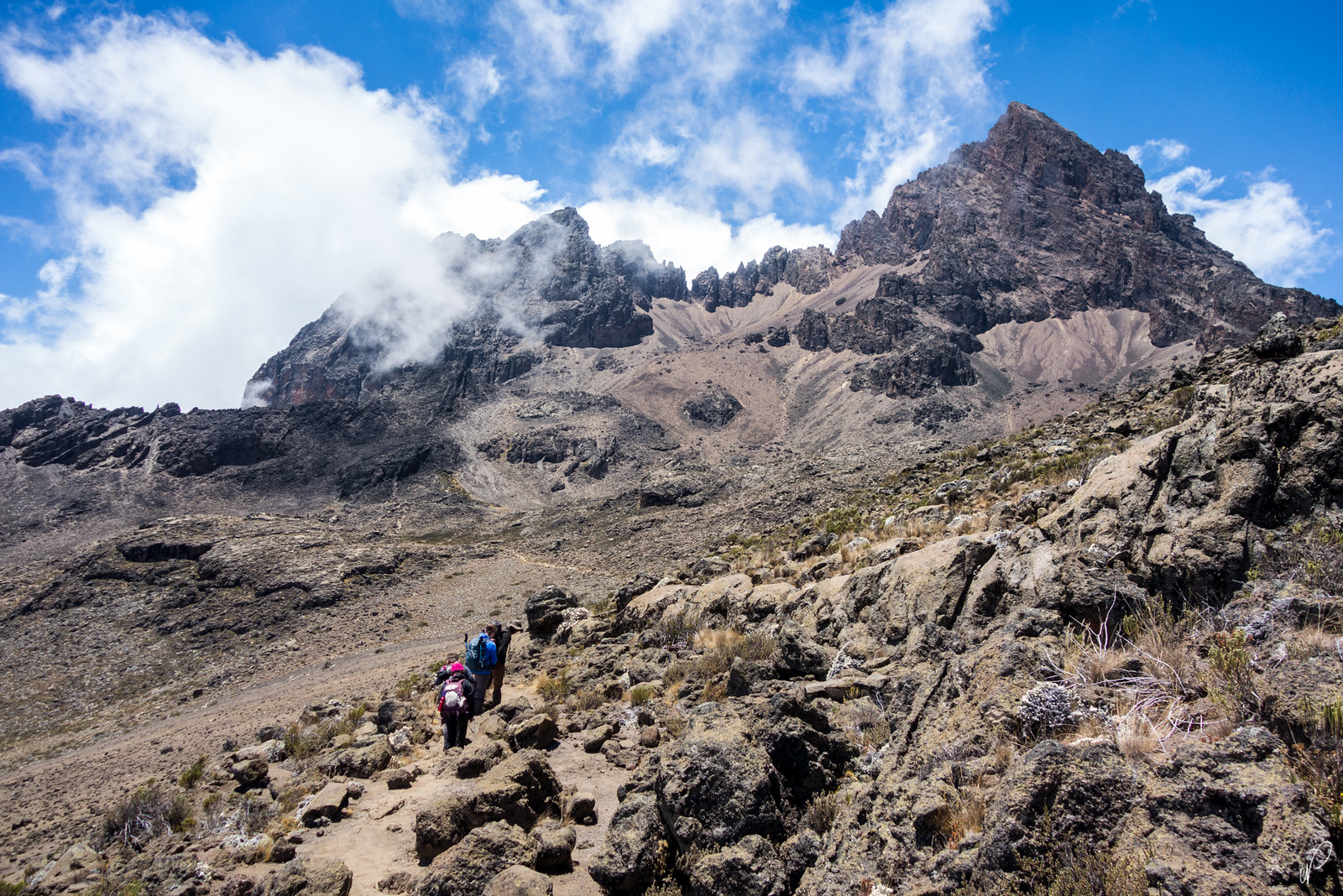
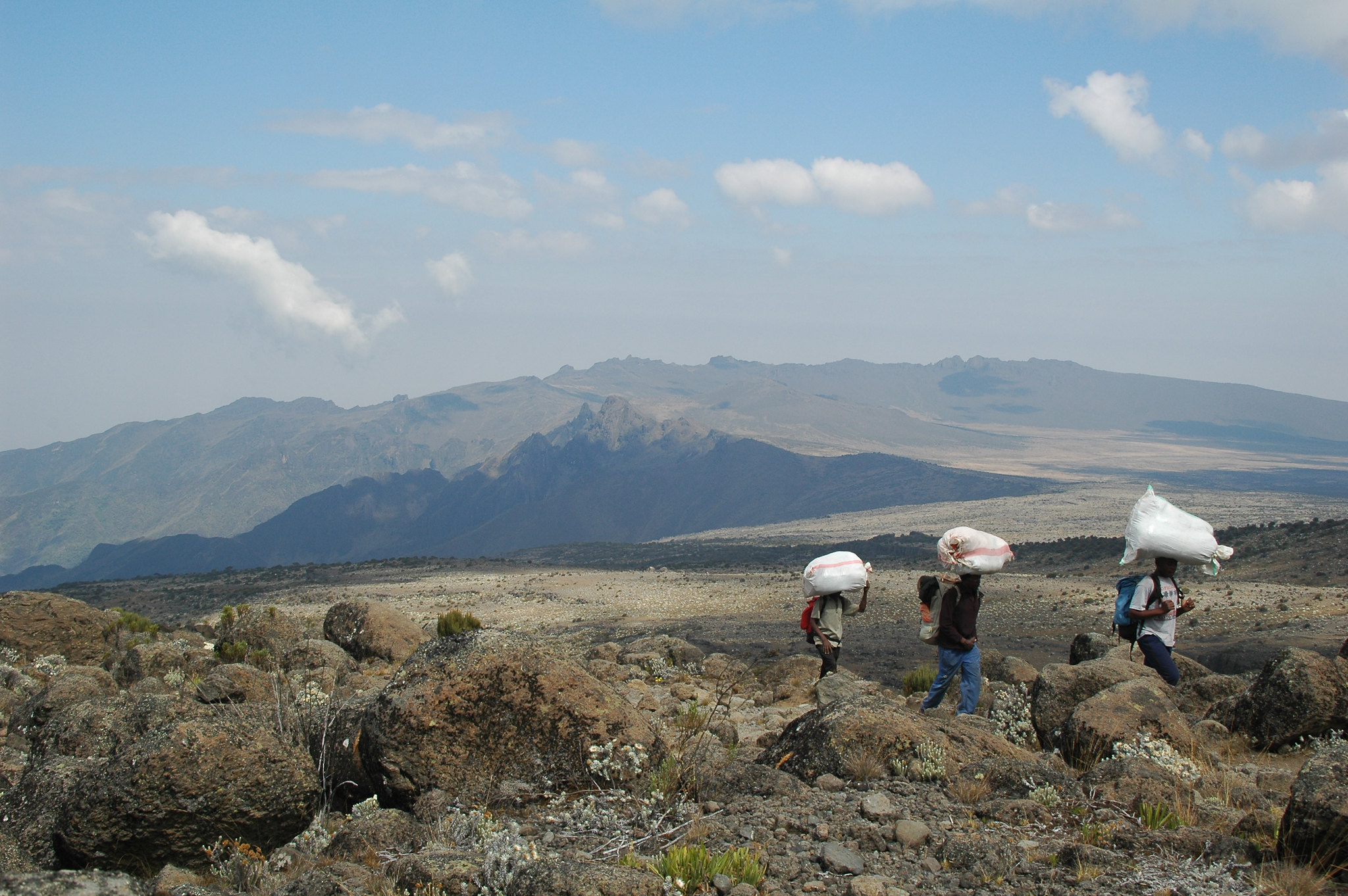
Comments